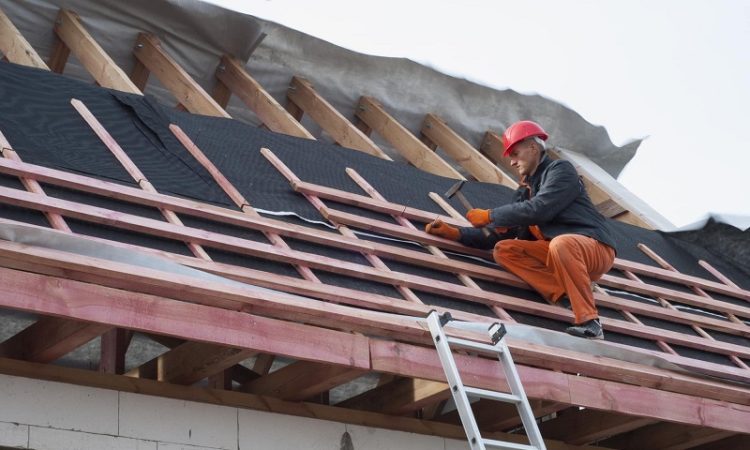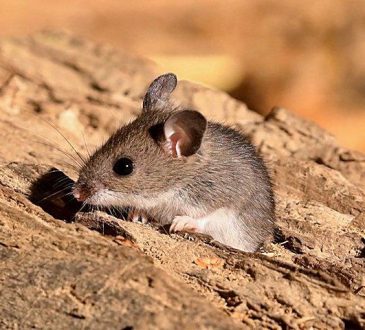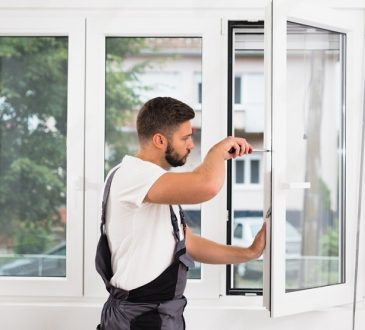
Wood shakes change shape with moisture. They curl when the top dries faster than the bottom. This uneven drying causes tension. The shake edges lift and create small gaps. These gaps allow rain to reach the underlayment. Moisture sits there and starts damage. When this keeps changing the wood starts to twist. The roof then loses its seal and shape. Cedar shake roof repair becomes needed fast. On Top Roofing often finds curling as a first warning sign of deep roof issues.
How Moisture Affects Wood Shakes
The wood surface breathes with the air. It pulls water and lets it go. This breathing keeps the roof alive. But too much moisture breaks that balance. If the bottom of the shake stays damp, the top lifts. The shake cups upward and forms shadows. The change seems small but it grows. Leaks form at each lifted edge. The damage hides below the surface. Each rain makes it worse. Therefore, proper ventilation helps the roof stay even. Good air flow under each shake stops long wet periods.
Detecting Curling Before It Spreads
So, the best time to act is early. Curling looks like lifted edges or small waves. The shake corners rise first. Then the whole piece bends. The roof looks rough and uneven. A close check from the ground can show this. Small cracks or grey patches mean trapped water. Sunlight also speeds the curling. The dry heat pulls the moisture out too fast. If curling shows on many shakes it points to wide damage. A roof expert must check each area to see how deep the trouble runs.
Repair Methods That Restore Stability
As soon as curling starts repairs help. The first step is to lift each shake gently. The nails are removed with care. Damaged pieces are replaced with new ones. The new shakes are soaked to match roof moisture. This prevents future warping. Sealants can be used under edges to close small gaps. Proper spacing allows air to move between shakes. This keeps drying even. Cedar shake roof repair also includes adjusting flashings and ridge caps. Each repair makes the roof look fresh and work longer. On Top Roofing uses this process for lasting results.
Conclusion
The last step is care and inspection. Regular checks stop small curls from spreading. Gentle cleaning keeps dirt from holding moisture. A clean roof stays dry longer. Roofs under trees dry slower and need more air. Removing shade helps shakes breathe better. Treatments that seal the surface help too. They slow the rate of moisture change. Good design and regular care stop curling before it starts. A balanced cedar roof lasts longer and leaks less. Skilled repair keeps each shake firm and straight for many seasons.




